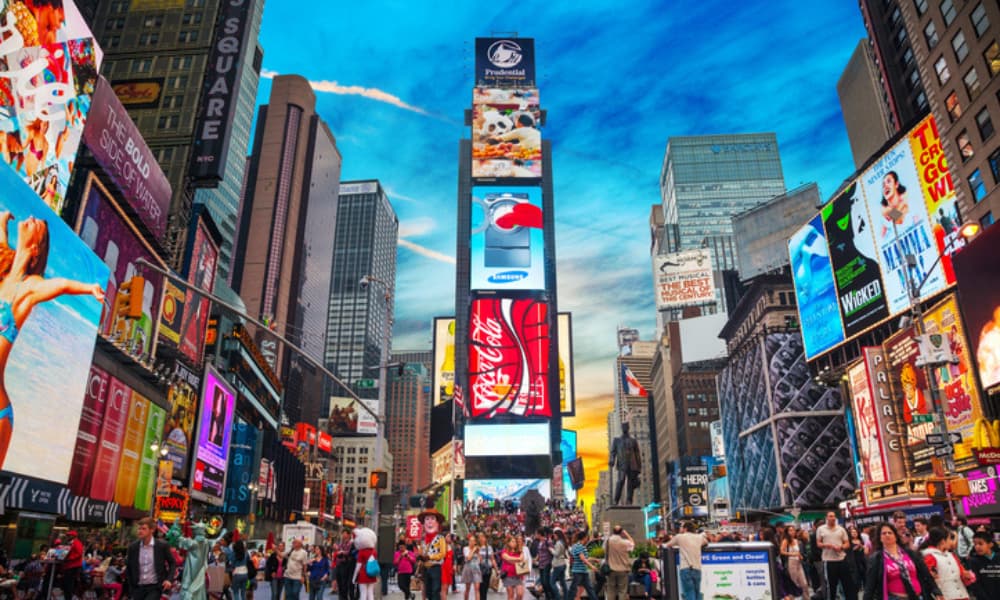Unlike traditional signs that blend into the background, digital signage stands out and offers strong ROI for potential clients. Discover how they increase foot traffic, attract prospects, and increase sales.
Key takeaways:- Digital signage makes advertising impactful by displaying visually appealing content and increasing engagement.
- Digital signage helps your business create targeted and personalized ads that boost conversion rates.
- Next-gen digital signage offers capabilities like touch control and augmented reality to enhance their effectiveness.
- After implementing digital signage, measure its effectiveness regularly using metrics like customer feedback and recall rates.
- Overcoming challenges requires strategic solutions like budgeting, compatibility assessments, and expert content management.
The visual appeal of digital signage
Digital signage is superior to static graphics, featuring dynamic content that can adapt to meet predetermined conditions. For instance, a restaurant's digital menuboard can change its information and display differing meal options at specified times, like waffles in the morning and bagels at lunch. Today, merchants have access to high-resolution digital signage. These captivate your prospects and customers with enchanting, life-like content with crisp images and smooth video motion. All this makes digital signage appealing and ideal for capturing audiences with memorable ads.Targeting and personalization capabilities
Targeted advertising pairs with higher conversion rates. With this tactic, your ads will be matched to prospects likely to become paying customers, catalyzing optimum results. Digital signage helps you reap maximum benefits from targeted advertising. Your business can use digital signage to target messages to specific audiences, using factors like location, behavior, and demographics. For instance, if most young people visit your store in the morning, and older customers arrive in the afternoon, you can program your digital signs with timed content that draws each audience. Personalization is the key to increasing the relevance and effectiveness of ads. Remember, 71% of people prefer customized ads.Interactivity and engagement with digital signage
Digital signage solutions capture attention and boost engagement thanks to their diverse interactive features. Touchscreen capabilities allow consumers to interact with displayed information and enjoy customized experiences. With this feature, individuals with poor visibility can zoom text on digital signage for better visibility or switch to text-to-speech delivery. Another feature is augmented reality. Modern solutions now use AR to superimpose digital elements onto the real world. This feature is incredibly useful in providing shoppers with immersive, next-gen experiences. By facilitating interactivity, features like touchscreen and augmented reality enhance customer engagement and position your business to attract prospects and nurture relationships.Measuring digital signage effectiveness
Switching to digital signage is a significant investment, and its value becomes apparent when you consistently measure its effectiveness. Regular assessment is crucial to determining digital campaign success and ensure they align with your objectives. Assess the effectiveness of your campaigns with these tools:- Feedback and surveys: With interactive digital signage, your audience can take surveys and provide feedback. These insights will enable you to better understand your customers and target campaigns.
- Viewer engagement: Specialized software like ScreenCloud allows you to assess viewer engagement by tracking metrics such as the number of people who paused to watch content and their dwell time.
- Conversion metrics: You can evaluate campaign effectiveness by calculating the number of people who engage after interacting with your digital signage. Be sure to obtain relevant metrics from digital signage analytics and audience measurement systems.
- Recall rates: Measuring recall rates can help determine if your digital signage is effective. Contact signage viewers, ask if they remember seeing specific ads, and calculate the percentage of positive responses.
